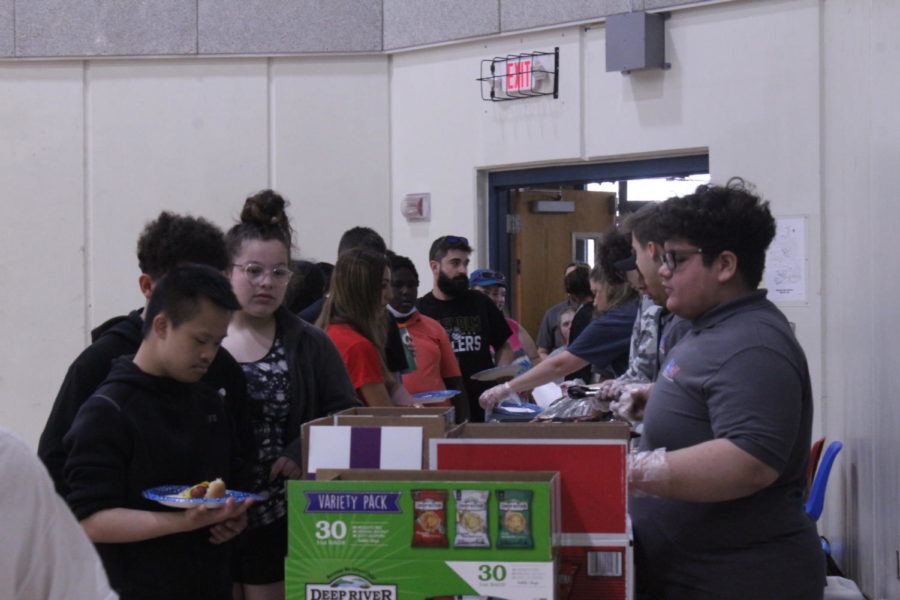Accommodating to common allergies
December 1, 2020
Approximately 10 percent of adults in the world have a food allergy, according to Medical New Today. Many people do not realize how big of an affect allergies have on any given person. Avoiding certain foods is not the only thing that they need to be cautious about.
Gluten is also in everyday items such as glue, shampoo and hand sanitizer. People with Celiac disease have to take an extra look at ingredients before making these purchases. Celiac disease is commonly classified as a gluten allergy, but gluten is not just a food allergy, many everyday items contain it.
“I think my gluten allergy has given me the most trouble because gluten is in a lot of products you wouldn’t even think about,” sophomore Taylor Redington said.
According to the Mayo Clinic, a large percentage of people who have food allergies do not know about them until they are around six old. Many people have to adjust their diets and lifestyle to accommodate for their allergies. For example, someone with a lactose intolerance might switch out cow’s milk for almond or oat milk, while someone with Celiac disease might switch out wheat bread for potato or rye bread. A lot of common food allergies are hereditary, and are passed down through genetics. However, if both parents have a food allergy, the child is not guaranteed to get the gene containing the allergy.
“My allergies were developed later in life,” Redington said. “Celiac disease is a type of genetic disease that you usually don’t know about until later on.”
Food brands have been evolving and making more allergy sensitive foods in the past few years to accommodate for people with allergies. For instance, Cheerios has been making gluten free breakfast cereals since 2007, according to General Mills. Many restaurants have also begun to incorporate a gluten free and dairy free menu along with their regular menus. Small things like this make many people’s lives much easier. Quick access to allergy sensitive foods may seem like a small change, but it can make a big difference in the long run.
“Eating out was a bigger issue when I first had my allergies but I’ve gotten used to it,” Redington said. “It’s really helpful when places have a gluten free menu.”
Some schools do not allow things like peanut butter in their cafeterias to ensure the safety of the students. However, other schools do not offer any allergen-free foods and students have no choice but to bring a lunch from home. Peanut and tree nut allergies are one of the most severe food allergies. A trace of a peanut in the air could cause someone to have a reaction. There are not always safe alternatives for people with allergies.
“It doesn’t really bother me anymore because I’ve just gotten used to there not always being an option for me,” Redington said.





















